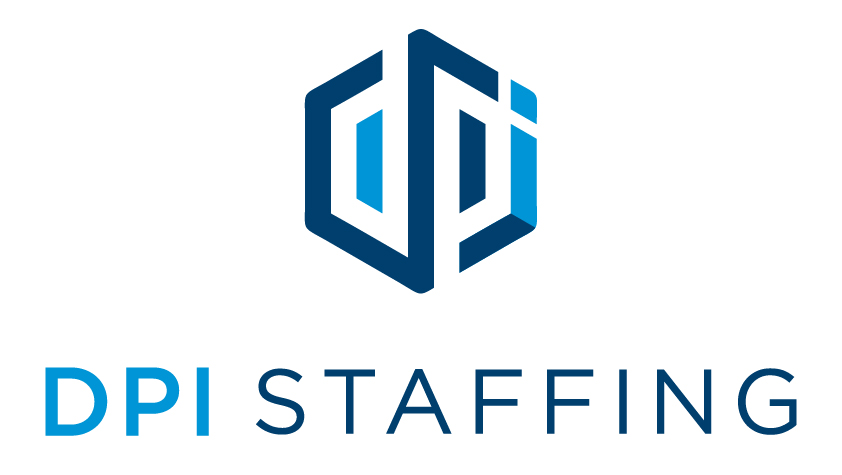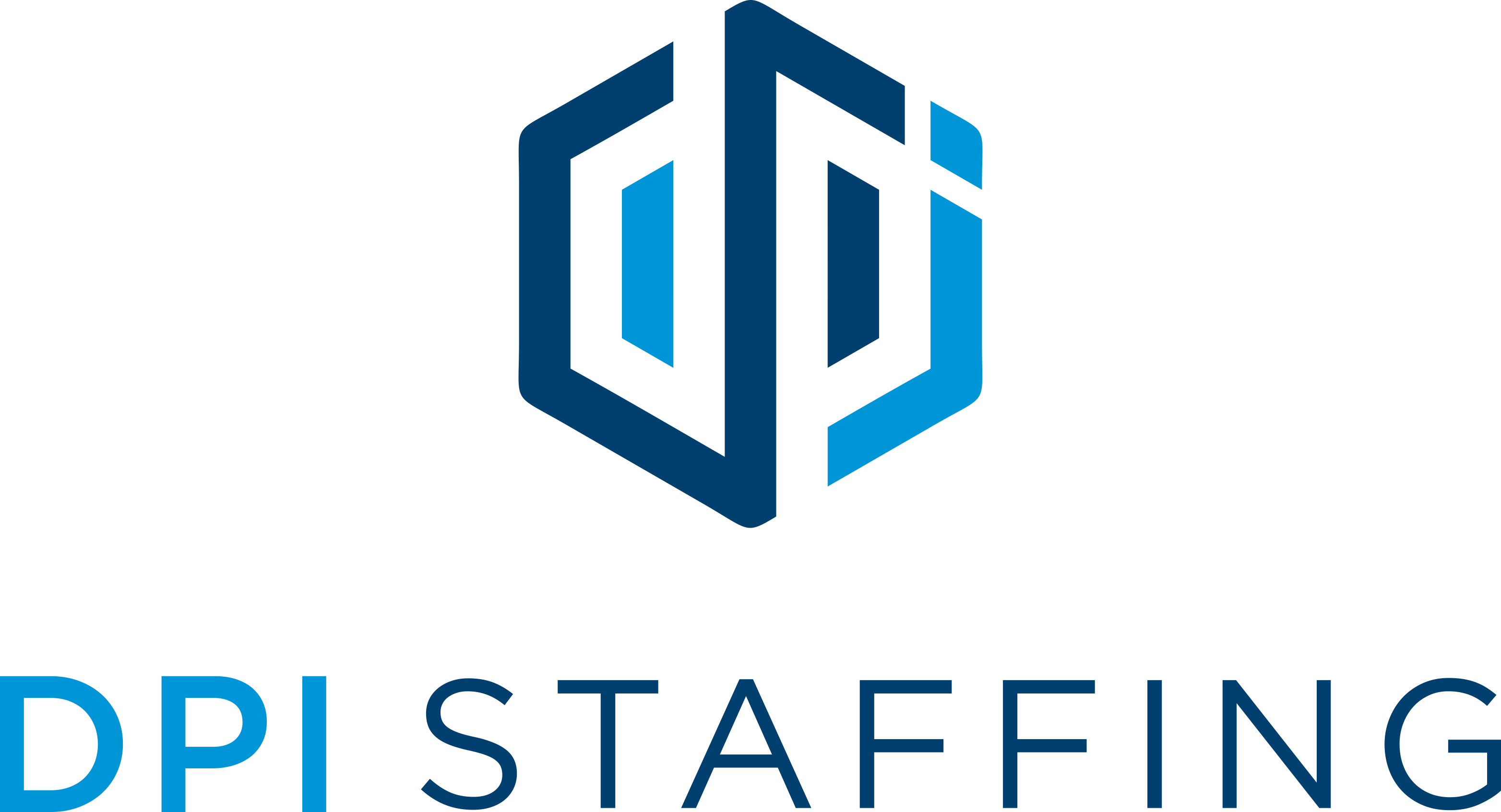In this age of rapid technological advancement, Artificial intelligence has become a game-changer across numerous industries. And yet, while it can save labor in some areas, it’s not a magic “fix-all” business solution. There are still many roles that need the irreplaceable touch of a human. Let’s explore the tasks AI can help with and the essential jobs it just can’t replace—at least, not yet.
AI’s Labor-Saving Superpowers
Artificial intelligence has proven incredibly effective in automating repetitive and data-heavy tasks. Here are some areas where it shines:
Data Entry and Management: Tedious data entry tasks can be automated, allowing employees to focus on more strategic activities. AI-driven tools handle vast amounts of data quickly and accurately, reducing errors and increasing efficiency.
Customer Service: AI chatbots manage basic inquiries and provide round-the-clock support, excelling in handling repetitive and straightforward questions. This allows human agents to tackle more complex customer issues.
Administrative Tasks: From scheduling meetings to managing emails, AI-powered assistants streamline administrative workflows, giving executives and staff more time to concentrate on core business functions.
Despite its impressive capabilities in these areas, AI has several critical shortcomings. And even in these rote process roles, it can leave customers frustrated due to impersonal interactions and the absence of humanity and emotional understanding.
Labor That AI Just Can’t Replace
AI might be powerful, but it lacks the empathy, creativity, and nuanced understanding that only humans possess. Here are just a few jobs that machine intelligence can’t replace:
Healthcare Professionals: Doctors, nurses, therapists, and counselors require deep empathy and the ability to interpret complex human emotions—a realm where AI struggles. While AI can assist with diagnostics and data analysis, the human element is crucial in patient care.
Creative Professions: Jobs that involve creative problem-solving, such as artists, writers, directors, and designers, demand a level of imagination and innovation that AI simply can’t replicate. AI can help generate ideas or drafts, but the final creative touch remains a distinctly human trait.
Leadership and Management: Roles such as CEOs, managers, and HR professionals involve intricate decision-making, leadership, and interpersonal skills. These positions require the ability to understand and motivate people, navigate complex social dynamics, and make ethical decisions—capabilities far beyond current AI technologies.
Skilled Trades: Carpenters, plumbers, electricians, and other skilled tradespeople perform highly improvisational work that requires hands-on skill and adaptability. Each job site presents unique challenges that robots and AI are not yet equipped to handle.
Education: Teachers and educators play a vital role in shaping young minds, offering mentorship, and adapting teaching methods to individual student needs. While AI can support educational tools, the role of a teacher is irreplaceable in fostering personal growth and development.
Manufacturing and Light Industrial Jobs: Despite advancements in automation, many manufacturing and light industrial jobs require a level of precision, adaptability, and problem-solving that AI cannot yet achieve. Human labor is crucial for quality control, assembly, and managing unexpected issues on the production line.
Government Roles: Government jobs often require understanding nuanced social contexts, policy implications, and community needs. Roles in public safety, social services, and policy-making necessitate a human touch to balance efficiency with empathy and ethical considerations. Additionally, protecting the data security of government information from unauthorized access by AI technology is crucial to maintaining public trust and safeguarding sensitive information.
Embracing a Balanced Approach
While the ubiquity of artificial intelligence is proof that the technology is a valuable asset in many areas, it’s not a one-size-fits-all solution. The key lies in leveraging AI where it excels while recognizing and valuing the indispensable contributions of human workers. It’s also important to note that AI is just a tool, and requires human oversight and direction to be used effectively.
Businesses can benefit from using AI to automate routine tasks, enhance efficiency, and improve data-driven decision-making. However, for roles that require human skills like empathy, creativity, and leadership, the human touch remains essential. So, while AI might be able to schedule your meetings and analyze your data, it won’t be assembling an aircraft, painting a masterpiece, or leading your marketing team any time soon. Some tasks still require a good old-fashioned human touch—and that’s something to celebrate.



